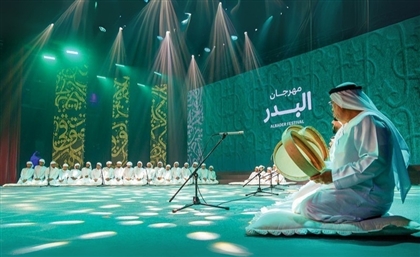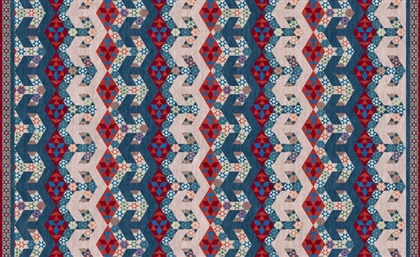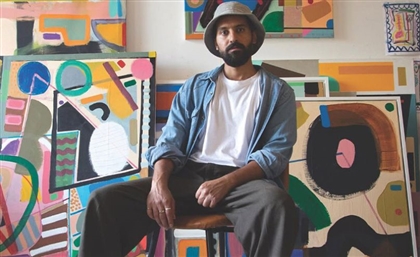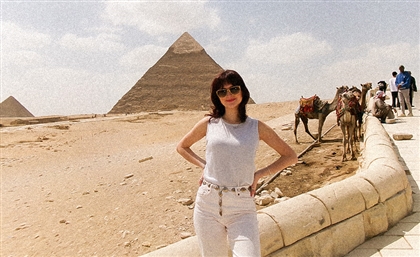A Tale of Twin Cities: Cairo and Palermo
Cairo and Palermo—where history, culture, and flavours intertwine in a rich, shared heritage.
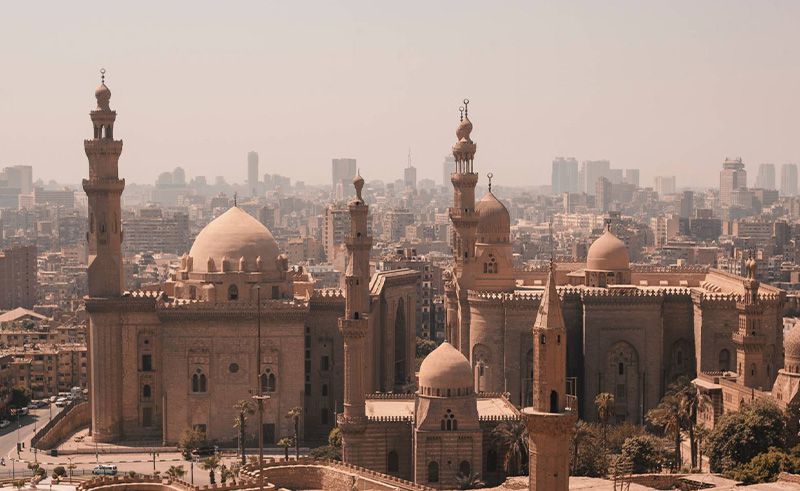
Cairo and Palermo, two cities on opposite sides of the Mediterranean region, have a unique connection as ‘twin cities’—bound not only by geography but also by their shared history, culture, and spirit. Separated by kilometres but united in experience, Cairo, Egypt’s bustling capital, and Palermo, the vibrant heart of Sicily, have a long-standing bond that transcends mere diplomacy. This connection is most vividly seen in their food, architecture, language, and cultural heritage, which reveal a rich tapestry of influences that make these cities feel intrinsically linked.
Shared Histories and Cultural Ties
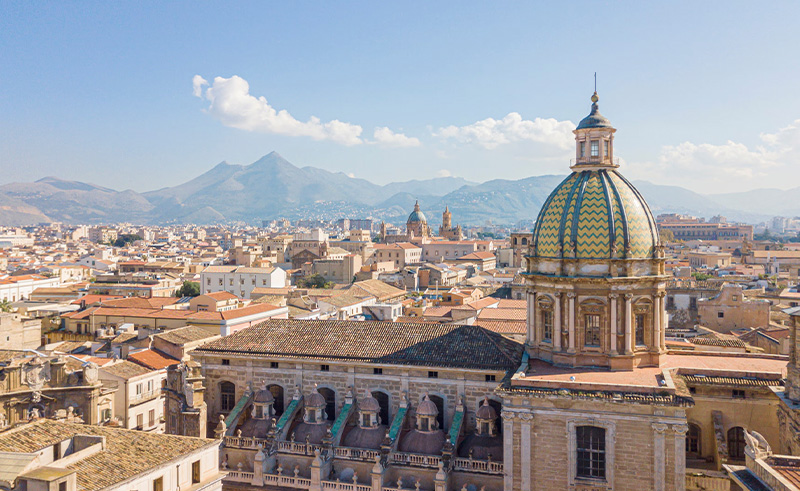
Both Cairo and Palermo are cities steeped in centuries of history, with layers of diverse civilizations shaping their present. The footprints of the Phoenicians, Greeks, Romans, Arabs, Normans, and Ottomans have all left their mark on both cities, creating a blend of influences that is visible in their art, architecture, and way of life.
Palermo, once an Emirate under Arab rule, and Cairo, the vibrant heart of Islamic civilization, share a similar architectural vocabulary with their domes, minarets, and intricate geometric designs. This influence from the Arab world laid the foundation for the cultural kinship between these two cities, one that still resonates in modern times.
Architecture: Minarets and Markets
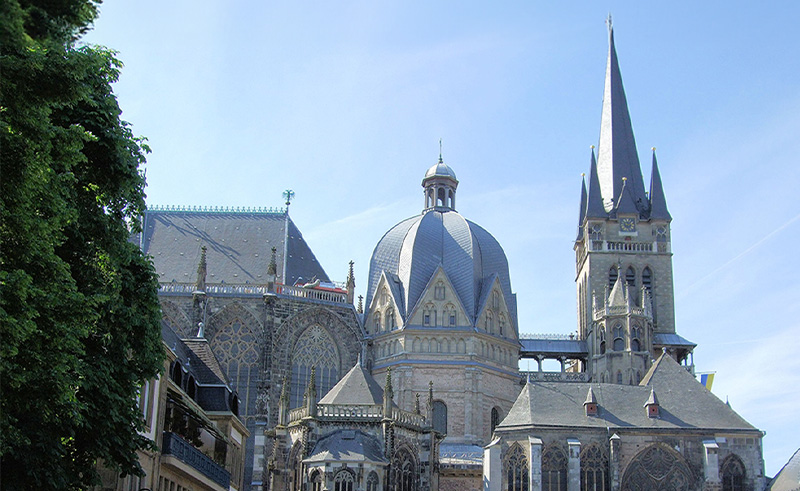
Walking through the streets of both Cairo and Palermo, visitors are treated to a remarkable amalgam of architectural styles that represent centuries of cultural cross-pollination.
In Palermo, the Norman-Arab architectural style is one of the city’s most striking features, visible in monuments like the Palatine Chapel and the Zisa Castle, where Arab artisans fused Islamic art with Norman construction techniques.
Similarly, Cairo’s skyline is adorned with mosques and minarets that speak of its Islamic Golden Age, such as the Sultan Hassan Mosque and the Al-Azhar Mosque, which serve as testaments to Cairo’s role as a leading Islamic hub.
However, the influence is not limited to grand religious structures. Both cities are dotted with winding alleys, radiant markets, and densely packed urban quarters that evoke a sense of organised chaos, where life unfolds at street level.
Cairo’s Khan El Khalili bazaar, with its vibrant stalls selling everything from spices to jewellery, feels intimately familiar to anyone who has wandered through Palermo’s Ballarò market. The energy, the smells, and the cacophony of voices selling their wares are reflective of a shared urban experience, deeply tied to the Mediterranean way of life.
Culinary Parallels: Spices and Street Food
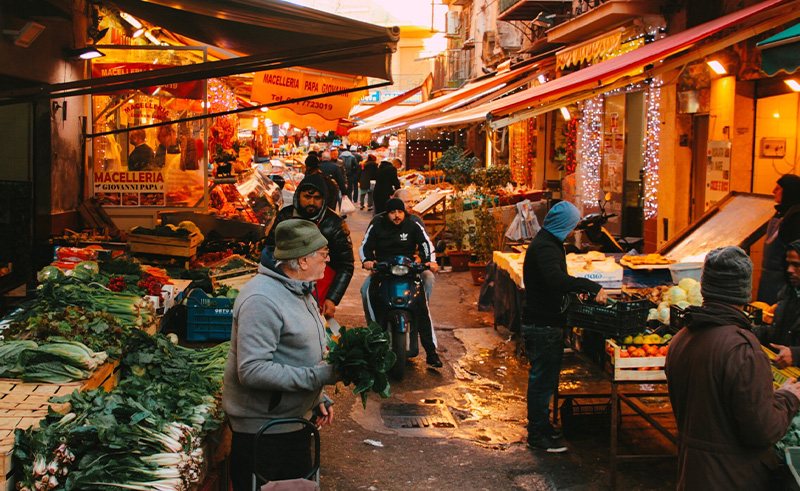
Food is often the most visceral way to understand a city’s culture, and in the case of Cairo and Palermo, the culinary parallels are undeniable. Both cities have cuisines that reflect their histories of conquest, trade, and migration, combining Mediterranean flavours with spices and techniques from across the Arab world.
In Cairo, a dish like koshari—made from lentils, pasta, rice, and a tangy tomato sauce—captures the city’s melting-pot spirit. It’s a humble, yet flavorful meal that speaks to the Egyptian love of simple, filling dishes that are also deeply satisfying.
Palermo’s equivalent might be the classic Sicilian pasta con le sarde (pasta with sardines), which combines fresh fish, raisins, and pine nuts—a dish that brings together the sea and the land, much like Cairo’s combination of the desert and the Nile.
Street food is also a vital part of both cities’ culinary scenes. Cairo’s ta’ameya (Egyptian falafel), made from fava beans, is a popular and affordable snack, while in Palermo, panelle (chickpea fritters) fill a similar niche. Both dishes highlight the simplicity and ingenuity of local ingredients, as well as the shared Mediterranean penchant for fried foods that are easy to eat on the go.
Language and Cultural Echoes
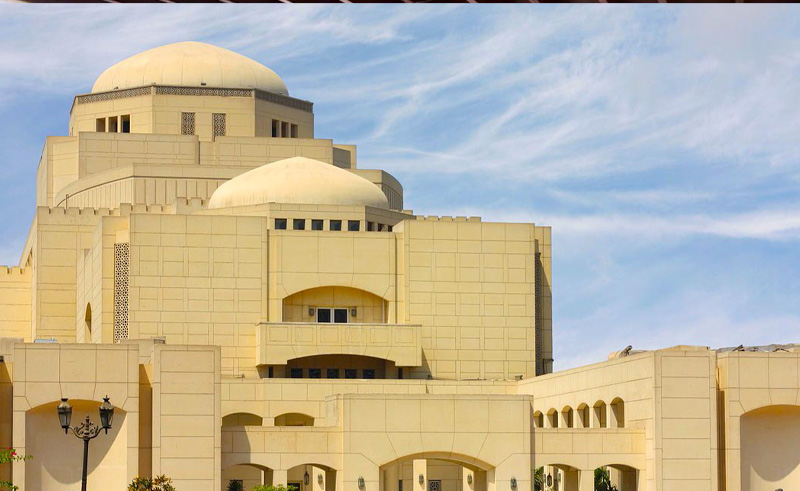
While Arabic is the predominant language in Cairo, Palermo’s relationship with Arabic is not entirely lost. During the Arab rule of Sicily (827–1091 AD), Arabic influenced the Sicilian dialect, with words and phrases that can still be traced in the local lexicon today. For instance, Palermo’s name itself comes from the Arabic ‘Bal’harm,’ a reminder of the city’s past as an Arab Emirate. This linguistic crossover is at once a subtle and powerful symbol of the deep historical ties between the two cities.
Both cities are also home to vibrant arts and cultural scenes. In Cairo, the city’s many theatres, museums, and galleries, such as the Cairo Opera House and the Museum of Islamic Art, highlight its role as a cultural hub in the Arab world. Palermo, meanwhile, has its own thriving cultural institutions, such as the Teatro Massimo, Europe’s third-largest opera house, and the Museo Archeologico Regionale, where the city’s diverse history comes to life.
Places to Visit: Exploring the Twin Cities
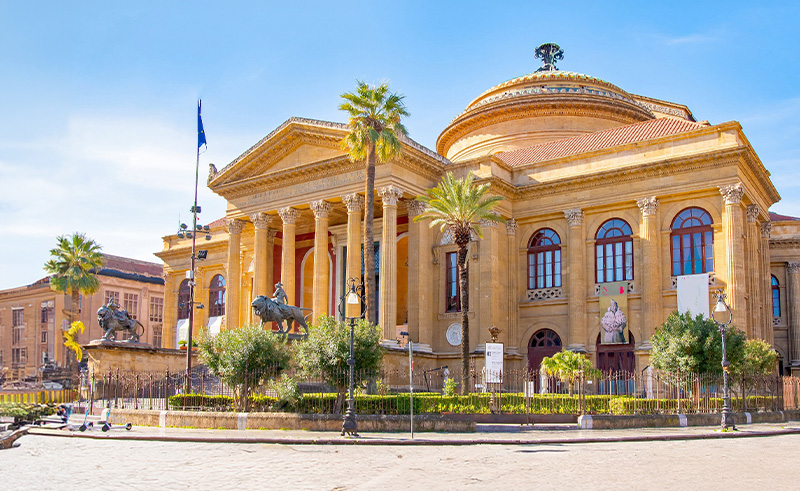
For travellers looking to explore these twin cities, there are several must-see sites that capture the essence of Cairo and Palermo’s shared heritage. In Cairo, visitors should start with a tour of Islamic Cairo, where centuries-old mosques and madrasas offer a glimpse into the city’s rich past. The Al-Muizz Street area, home to the Qalawun Complex and Bab Zuweila, is particularly atmospheric. After that, a visit to the Egyptian Museum provides insight into the city’s ancient past, with treasures from the time of the Pharaohs.
Twin Cities, Shared Futures
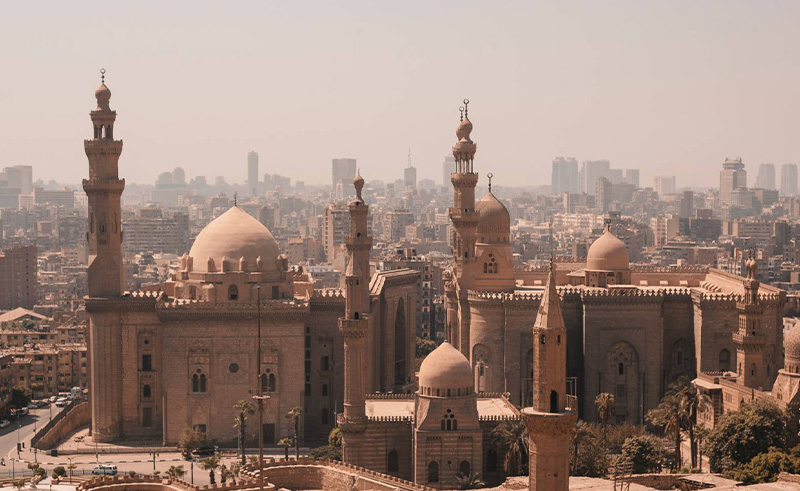
In many ways, Cairo and Palermo are a fusion of cultures, histories, and traditions that come together to create something unique. Their status as ‘twin cities’ is not just symbolic—it represents the idea that, despite being in different countries and on different continents, cities can share a deep connection that transcends borders.
For those who visit Cairo and Palermo, the echoes of their shared past are never far away, making the journey between these two cities one of discovery, connection, and a deeper understanding of the world.
- Previous Article Italian-Palestinian Duo No Input Debuts Eponymous Electro EP
- Next Article A Century of Hospitality: Discover Egypt's Historical Hotels
Trending This Week
-
Dec 27, 2025








